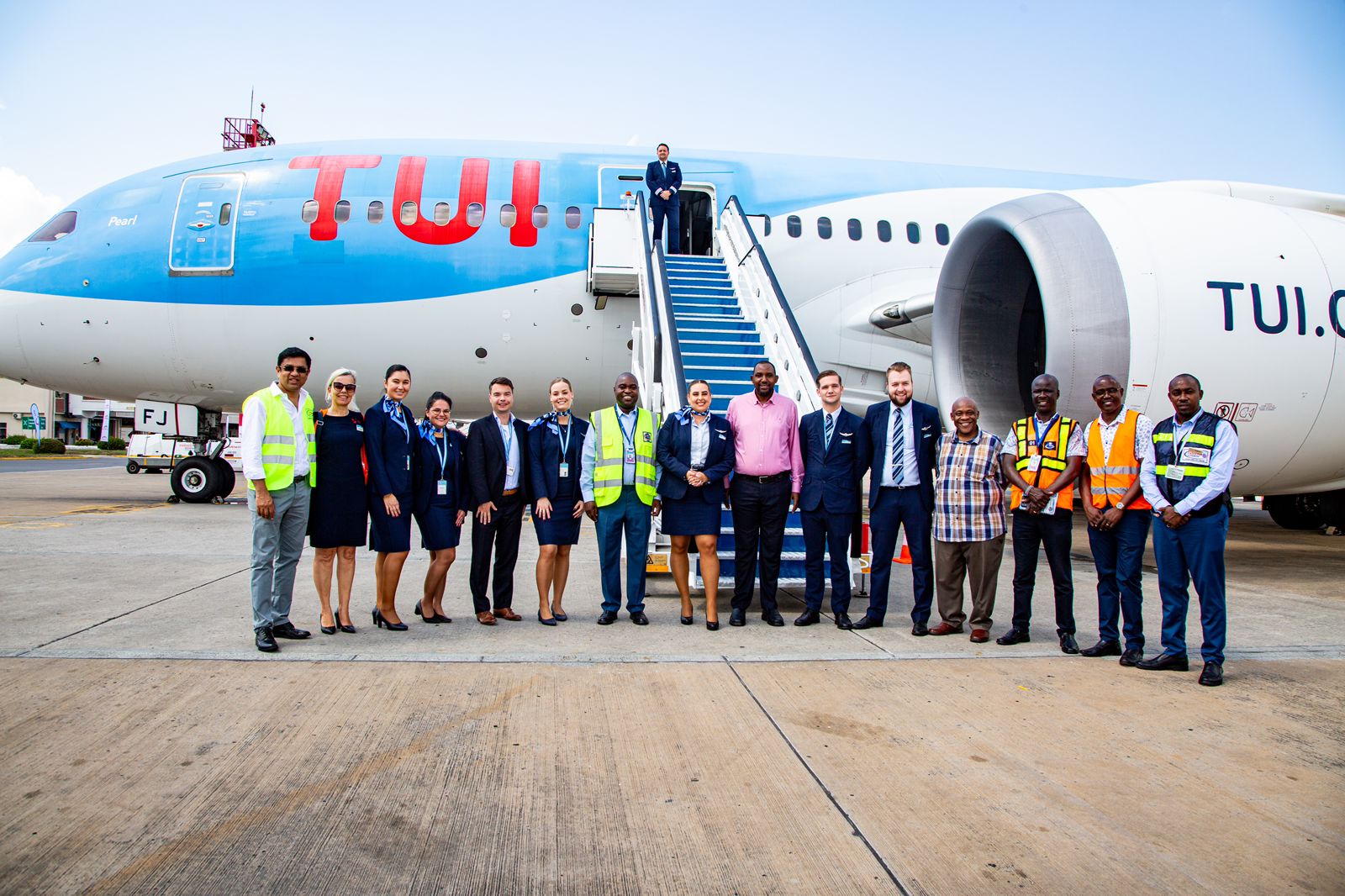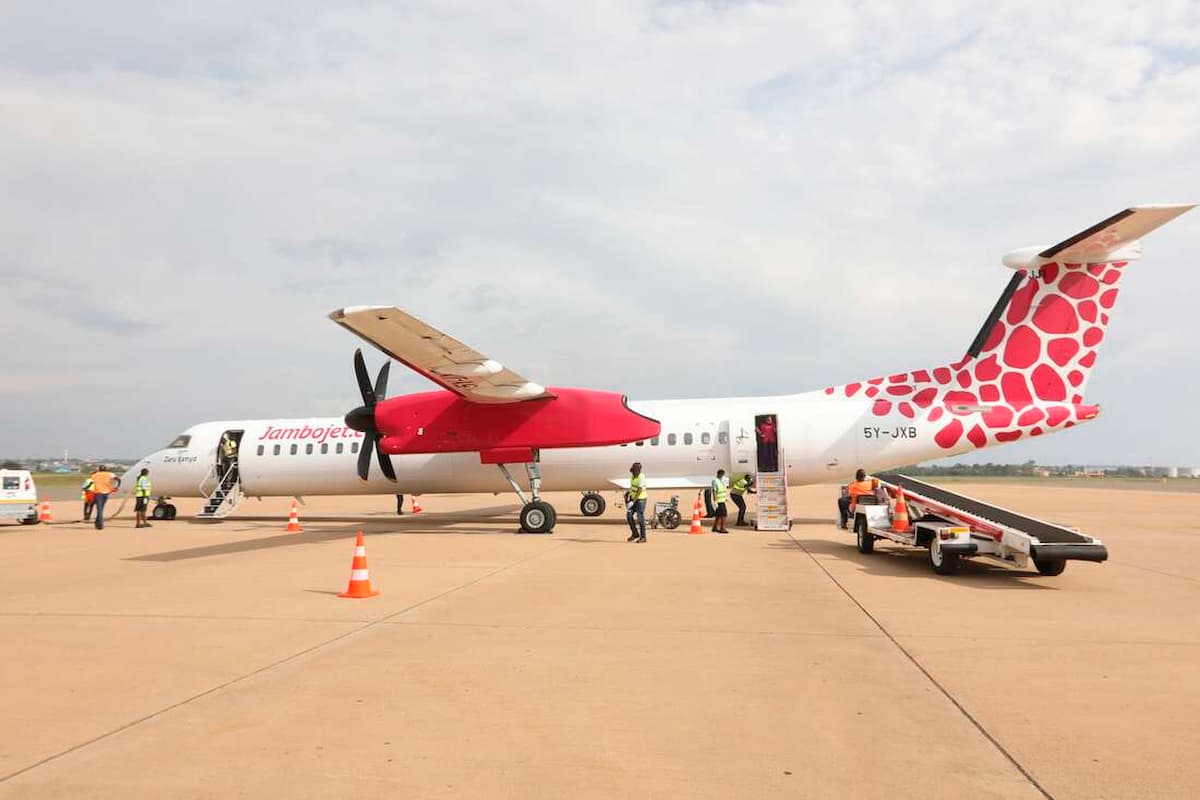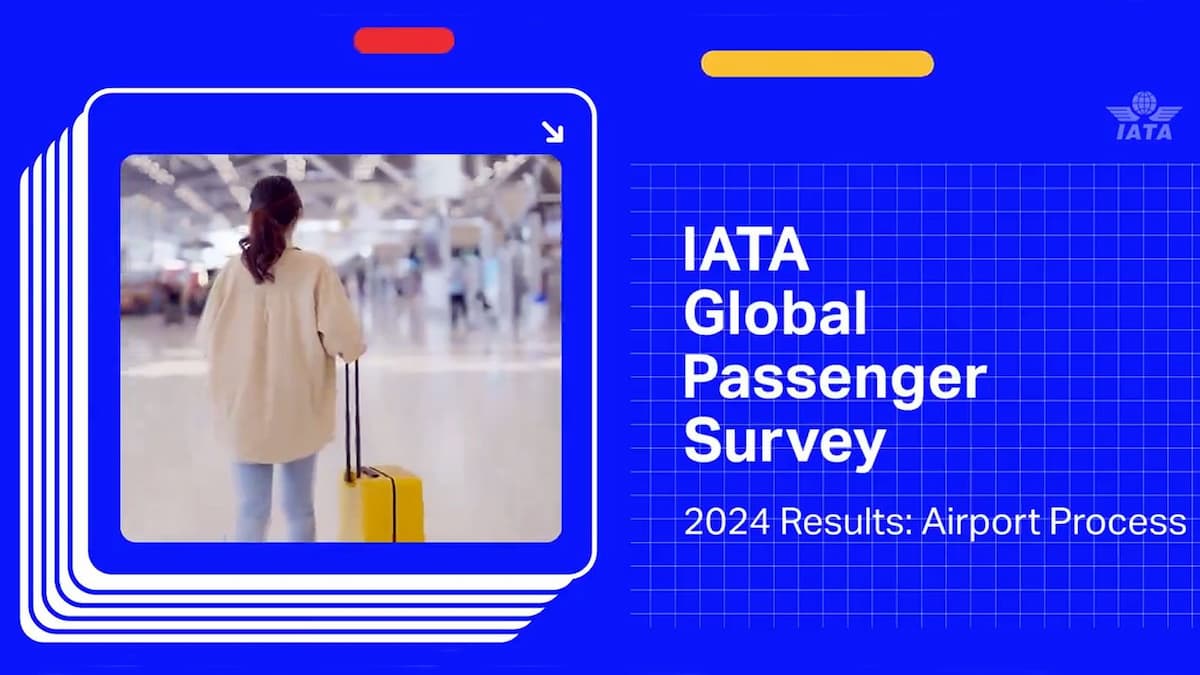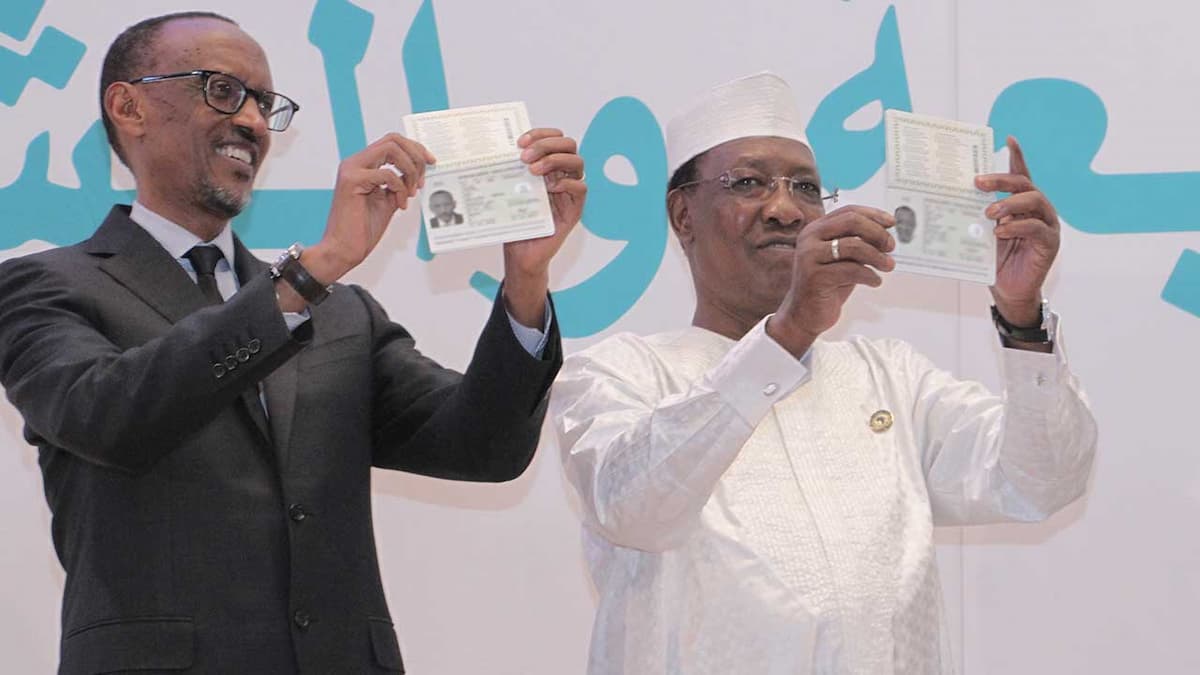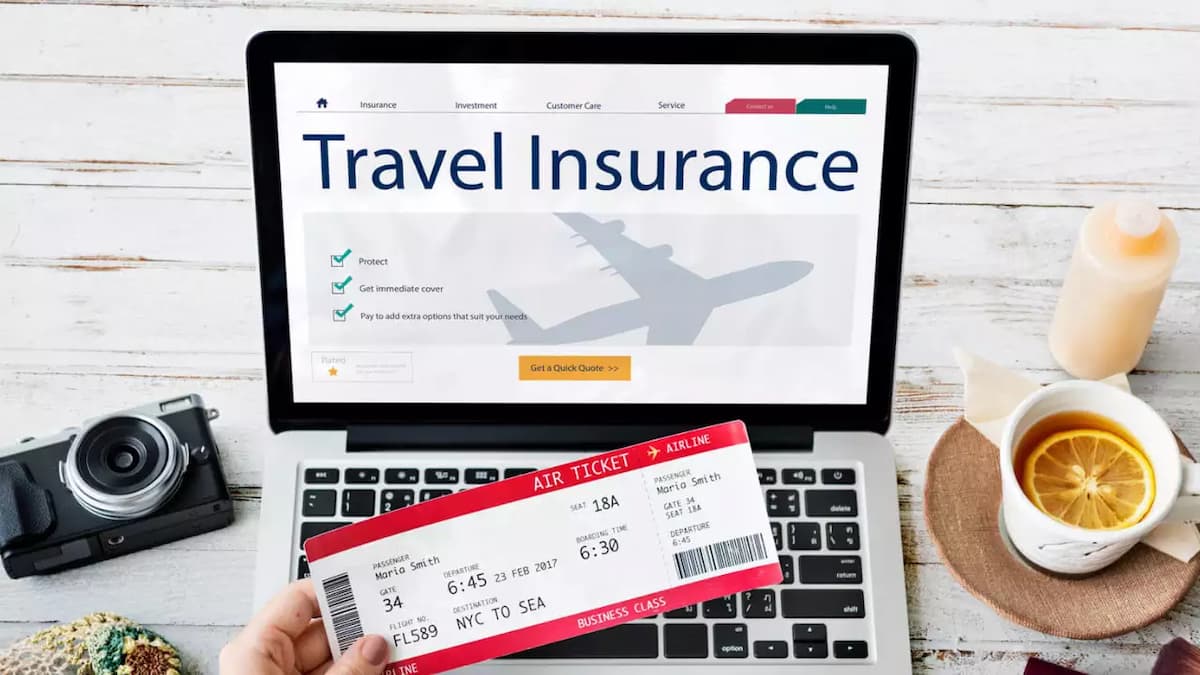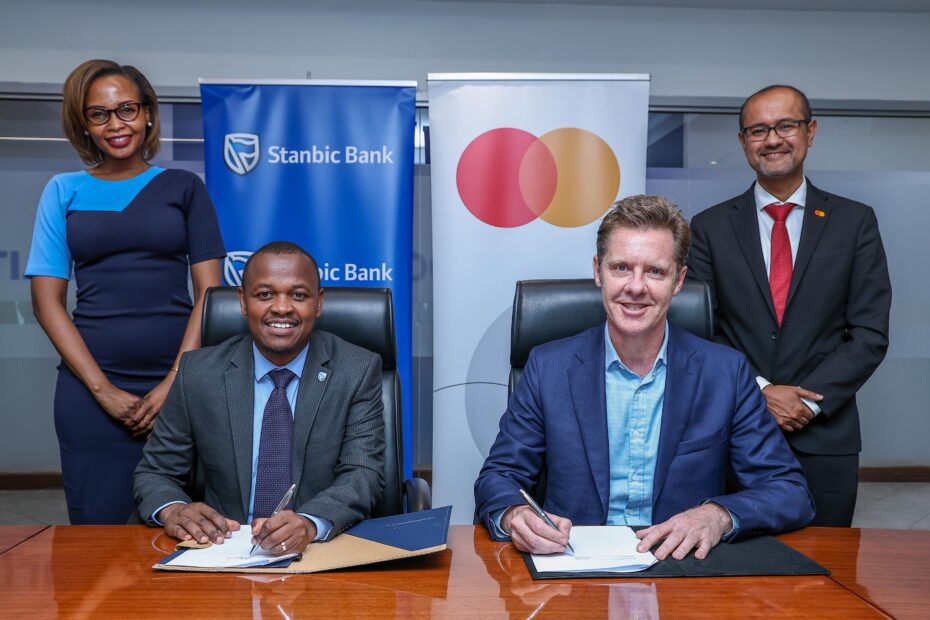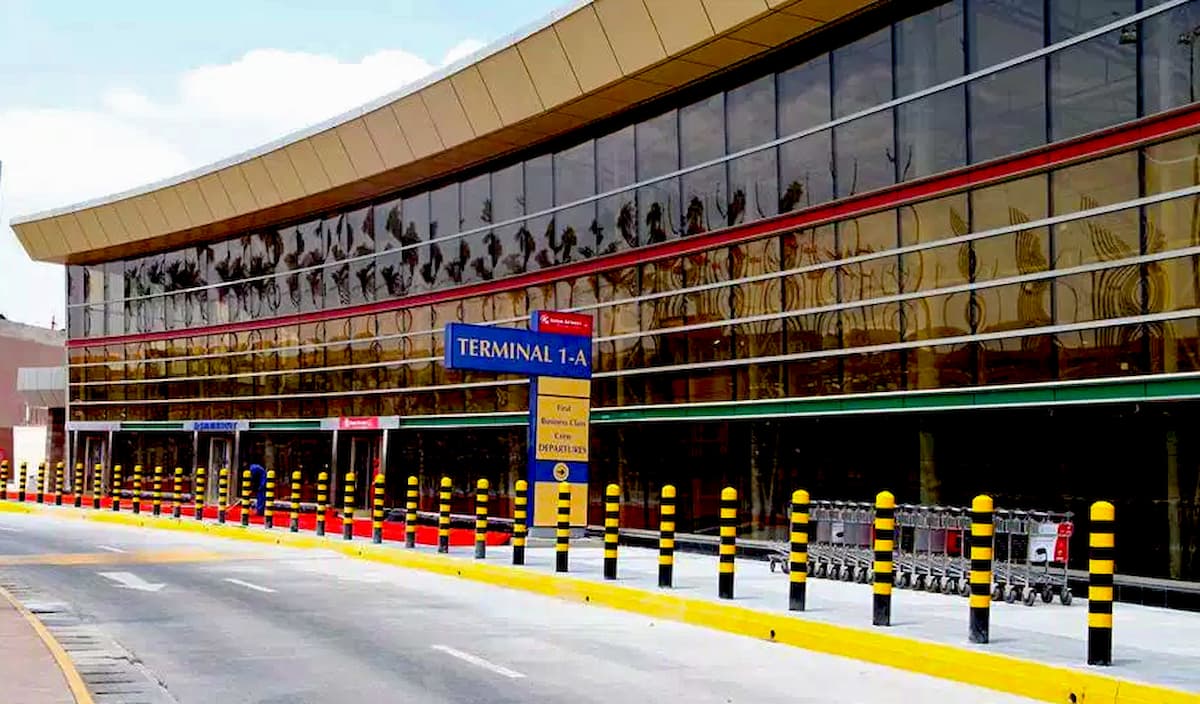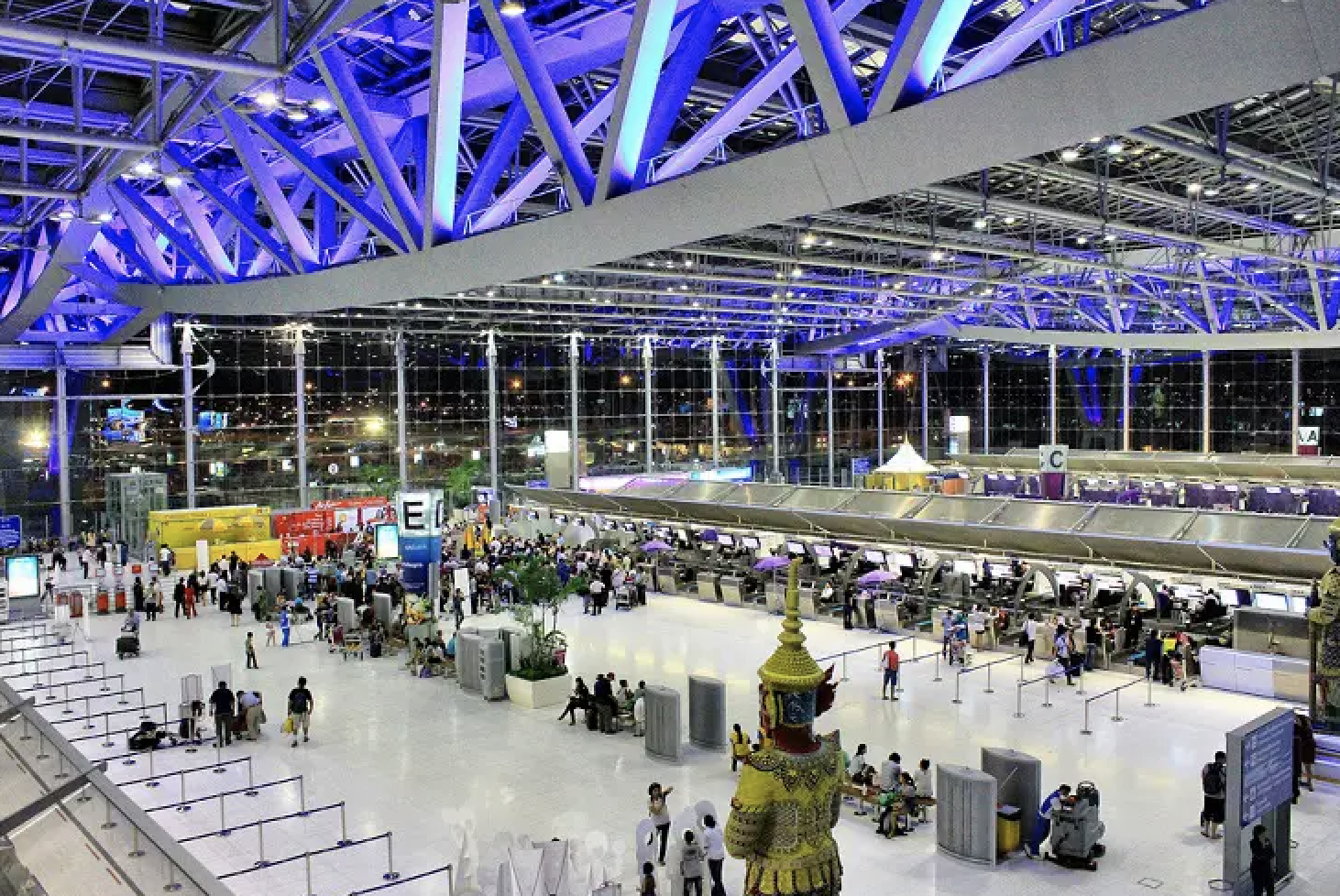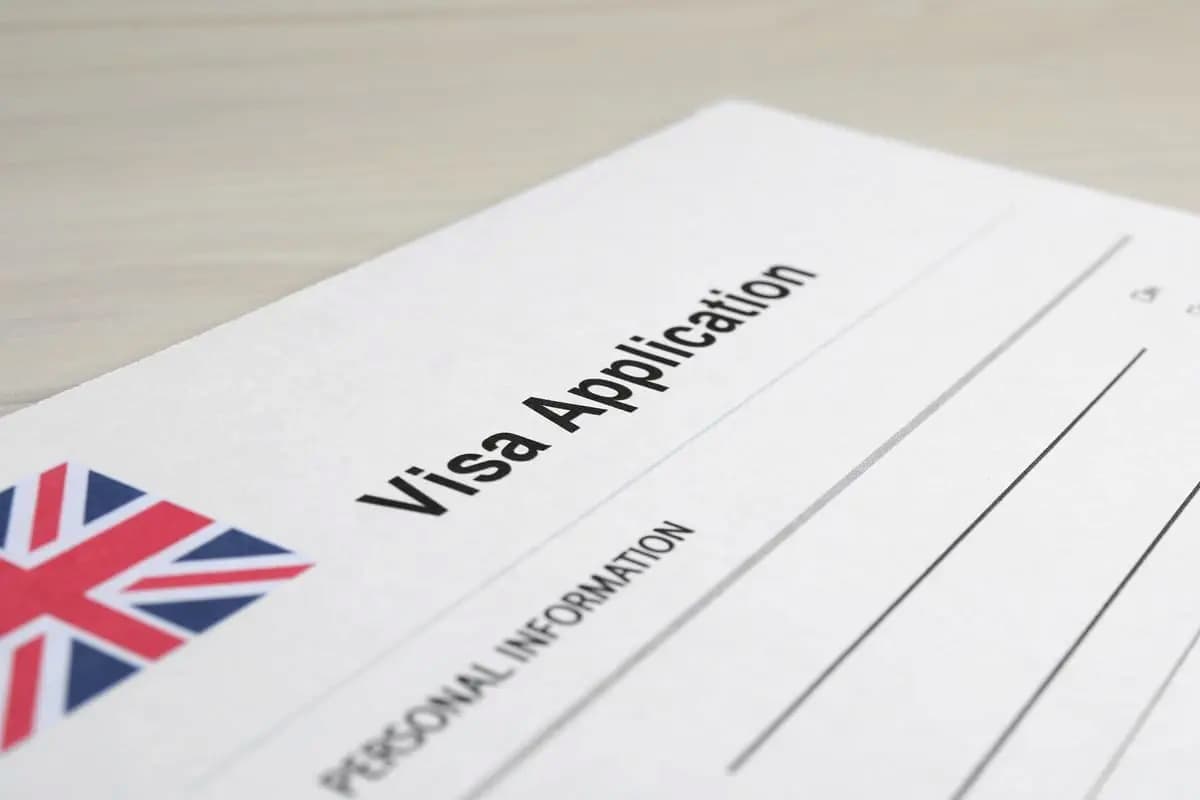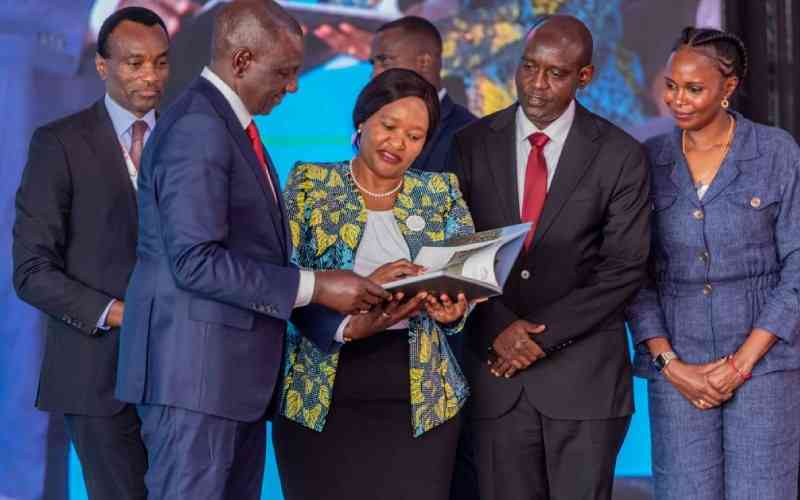
Mombasa, Kenya: TUI Fly’s resumption of flights reconnects Kenya’s coastal tourism to Europe, In a significant move for Kenya’s tourism industry, TUI Fly has resumed operations to Mombasa International Airport after a six-year break. The inaugural flight was greeted with enthusiasm by local stakeholders and government officials, marking a milestone in Kenya’s efforts to re-establish direct connections with European travelers. This return is expected to be a game-changer for the region’s tourism sector, stimulating the local economy and offering new travel options to European tourists seeking to visit Mombasa’s picturesque beaches, national parks, and cultural landmarks.
The Return of TUI Fly: A Key Development for Kenyan Tourism
After its suspension of flights to Mombasa in 2018 due to various market challenges, including changing demand patterns and the global downturn in travel, TUI Fly has once again resumed service to the coastal city. Known for operating flights to popular vacation destinations, TUI Fly’s return to Mombasa is seen as a direct response to the increasing need for enhanced connectivity between Europe and Kenya. Previously, TUI Fly had established regular direct routes linking Mombasa to several key European cities, providing travelers with convenient access to the region’s renowned beaches, wildlife parks, and rich cultural experiences.
The airline’s return comes at a time when Kenya’s tourism sector is focused on rebuilding and expanding following the disruptions caused by the pandemic. TUI Fly’s presence is expected to make a significant contribution to this recovery, especially by attracting more European visitors to Kenya’s coastal region, which had seen a gap in direct international flight options since TUI Fly ceased operations.
Boosting European Tourism to Kenya
Tourism is one of the key industries driving Kenya’s economy, and the return of TUI Fly to Mombasa aligns with efforts to revive the sector. The European market is a crucial source of tourists for Kenya, particularly for the coastal city, which is known for its white sandy beaches along the Indian Ocean, the diverse marine life in its coastal waters, and national parks that are home to Africa’s famed wildlife. By re-establishing direct flight routes, the airline will help to improve the accessibility of Mombasa as a holiday destination, making it easier for European travelers to visit the region. This is particularly important as international travel is rebounding after pandemic-related restrictions, and many tourists are looking for new and safe destinations.
The resumption of services will also help alleviate some of the transportation barriers that have hindered the tourism industry since TUI Fly’s departure. It is expected that the presence of a major European carrier like TUI Fly will stimulate demand for both leisure and business travel to the region, further strengthening Kenya’s position as a key destination in East Africa.
Economic Impact and Future Prospects for Kenya’s Hospitality Sector
The renewed route between Mombasa and Europe is likely to have a ripple effect across Kenya’s hospitality and tourism industries. Increased tourism from Europe is expected to directly benefit hotels, resorts, safari lodges, and other related businesses along Kenya’s coastline. Additionally, the renewed flight connection will bolster local economies by increasing demand for services such as transport, dining, and entertainment. The wider regional economy is also set to gain from enhanced visitor spending, which can foster job creation and further investment in tourism infrastructure.
Kenya’s tourism authorities have been actively working to expand the country’s appeal to international markets by promoting its natural beauty, rich cultural heritage, and abundant wildlife. With TUI Fly’s return, Kenya is poised to continue attracting more tourists, particularly in the post-pandemic era, where travelers are increasingly looking for unique experiences in destinations that are both exotic and accessible.
What TUI Fly’s Return Means for Global Travelers
TUI Fly’s return to Mombasa will not only benefit the Kenyan tourism industry but will also provide European travelers with more direct options for holidaying in one of East Africa’s most scenic locations. The route will likely become popular with tourists seeking an escape to the Indian Ocean coast, where they can explore Kenya’s coastal culture, wildlife reserves, and enjoy a variety of beach activities. The availability of direct flights will make it easier for tourists to travel to Mombasa, reducing the need for layovers or connecting flights that were previously required to reach the region.
This move is also expected to drive competition among other carriers serving the region, potentially leading to improved services and additional flight options for travelers. For European tourists, the return of TUI Fly could also open the door to more budget-friendly travel opportunities to Kenya, as the airline’s presence could encourage other carriers to increase their flights to Mombasa.
The Re-emergence of Kenya as a Premier Tourism Destination
In light of the renewed connection, the Kenyan government is expected to take proactive steps in marketing the region as an ideal travel destination. The proximity of Mombasa to renowned wildlife reserves like Tsavo National Park, along with the cultural experiences available in the city, makes it an attractive option for both adventure travelers and luxury seekers alike. This emphasis on tourism development will likely inspire more investments in local infrastructure, further improving the overall travel experience in the region.
Key Takeaways:
- TUI Fly’s return to Mombasa strengthens Kenya’s tourism sector by improving European connectivity.
- Direct flights from major European cities will enhance access to Kenya’s coastal regions, attracting more visitors.
- Tourism and hospitality industries in Kenya are expected to benefit economically from the increased influx of international travelers.
- Post-pandemic recovery efforts are bolstered as direct international connections are re-established.
- European travelers will have greater ease in accessing Mombasa, expanding their travel options.
The return of TUI Fly not only helps Kenya’s tourism industry but also signifies the broader trend of recovery in global travel post-pandemic. As the demand for travel to African destinations increases, Kenya stands to benefit from being a preferred destination for European tourists looking to explore new and culturally rich regions. Increased flight connections also contribute to greater global interconnectivity, making it easier for travelers from various continents to visit emerging destinations in East Africa.

